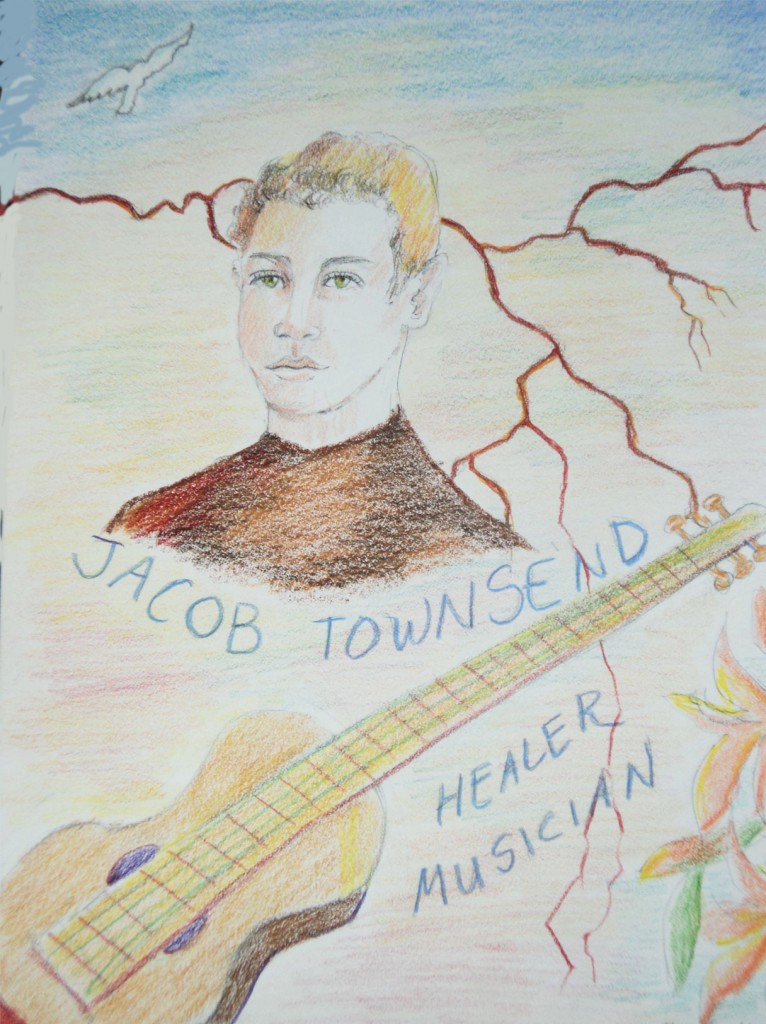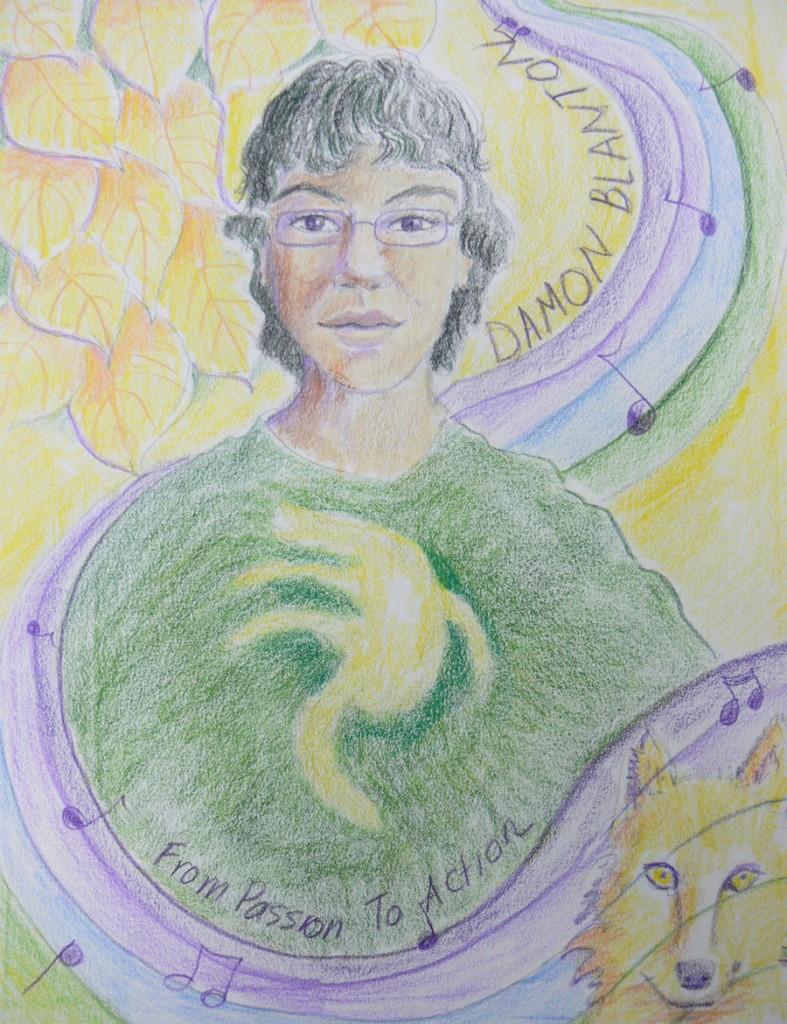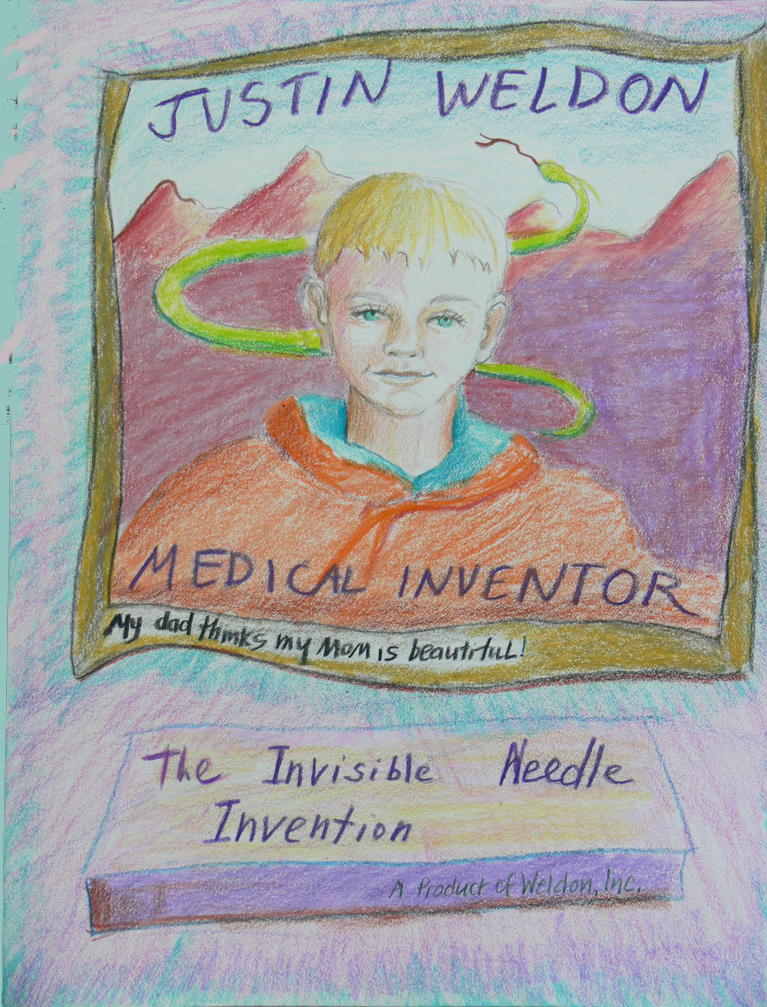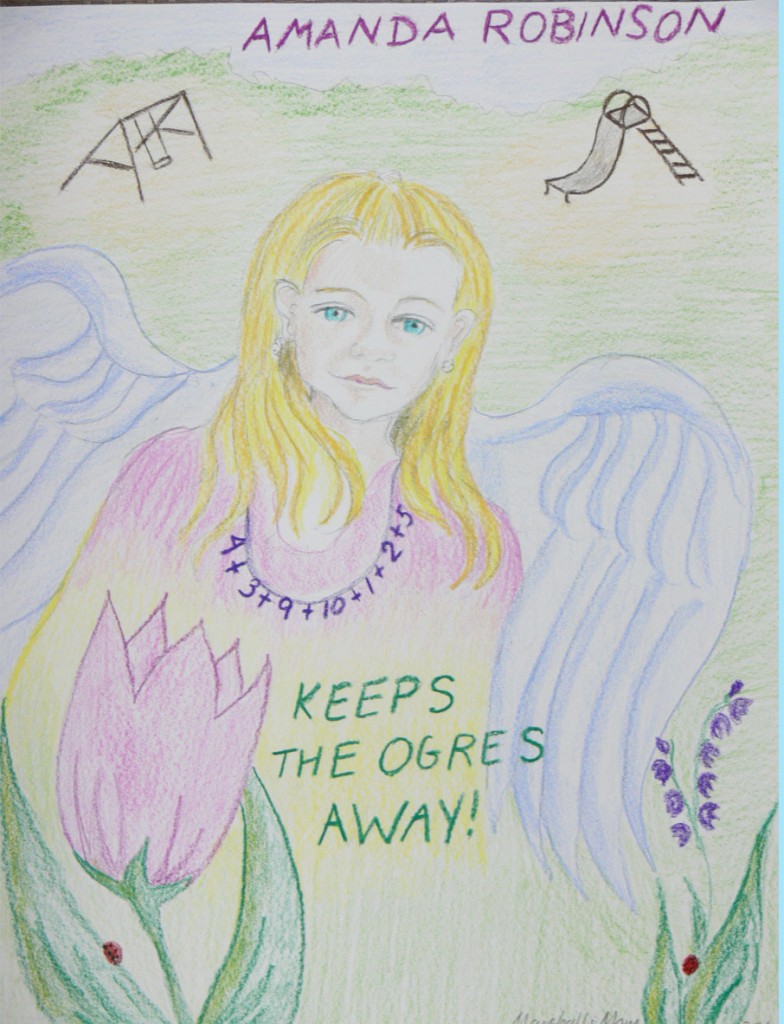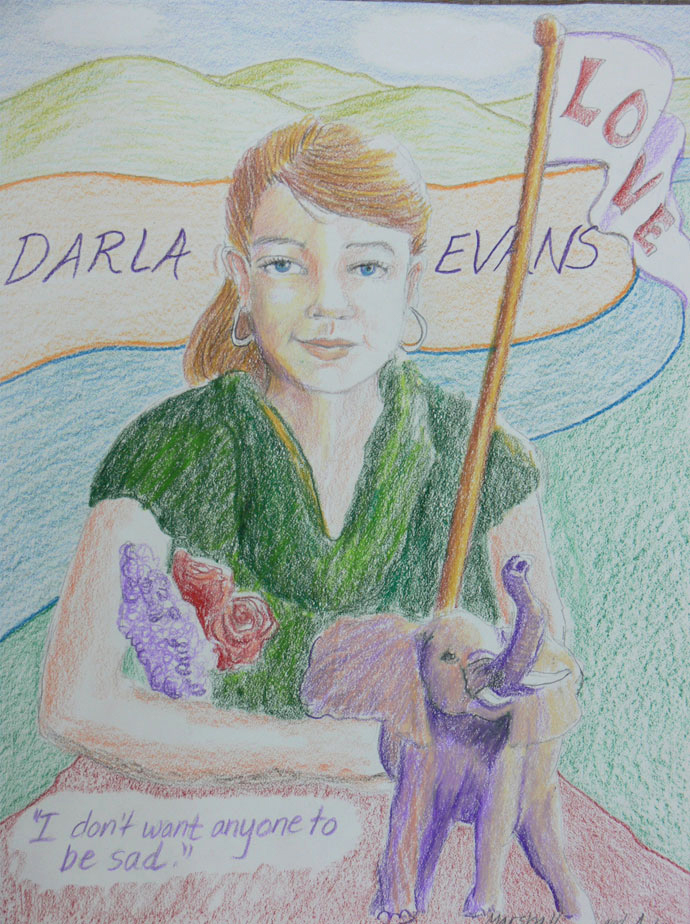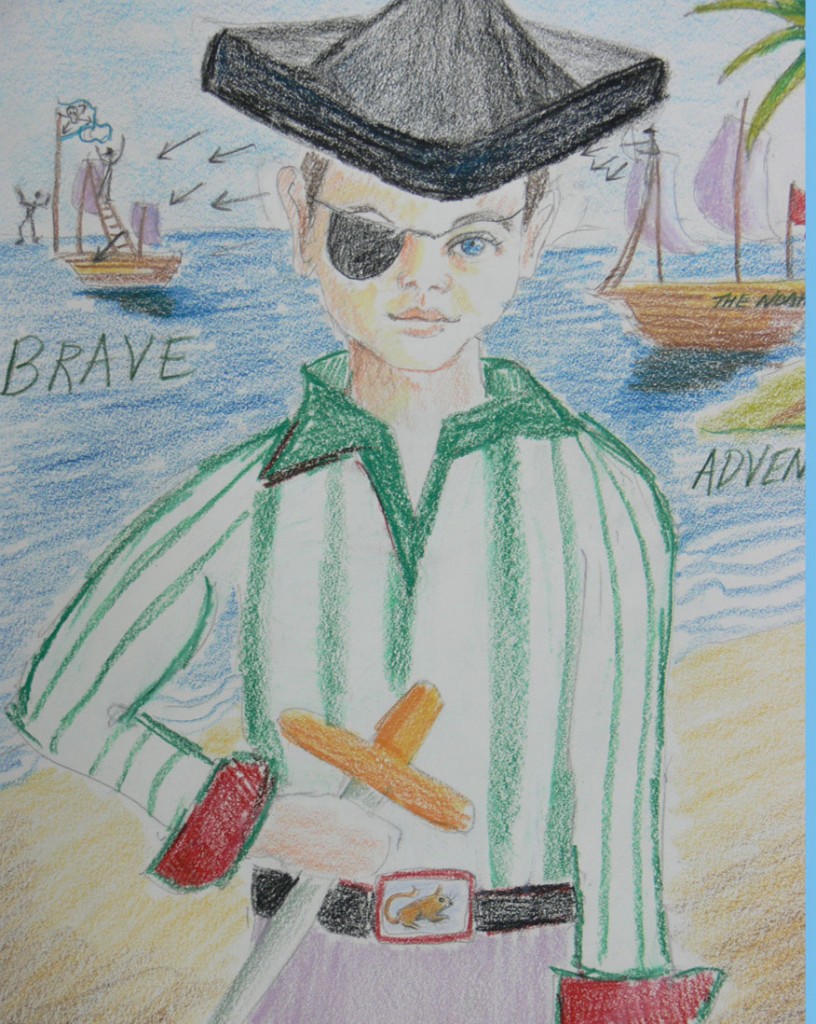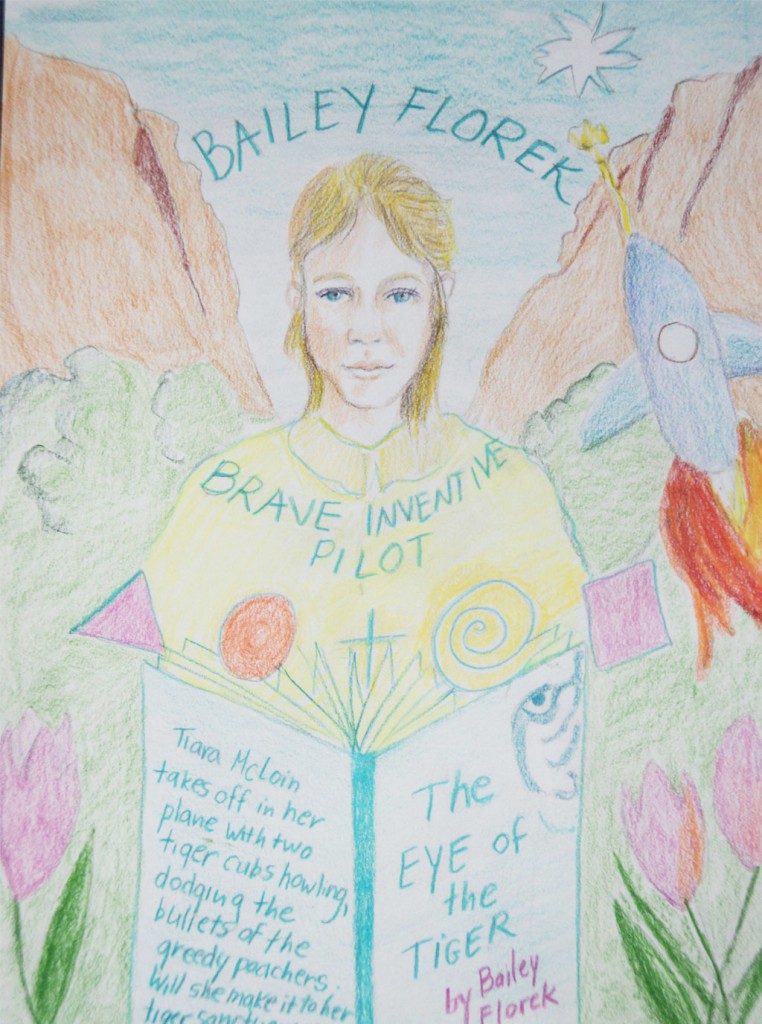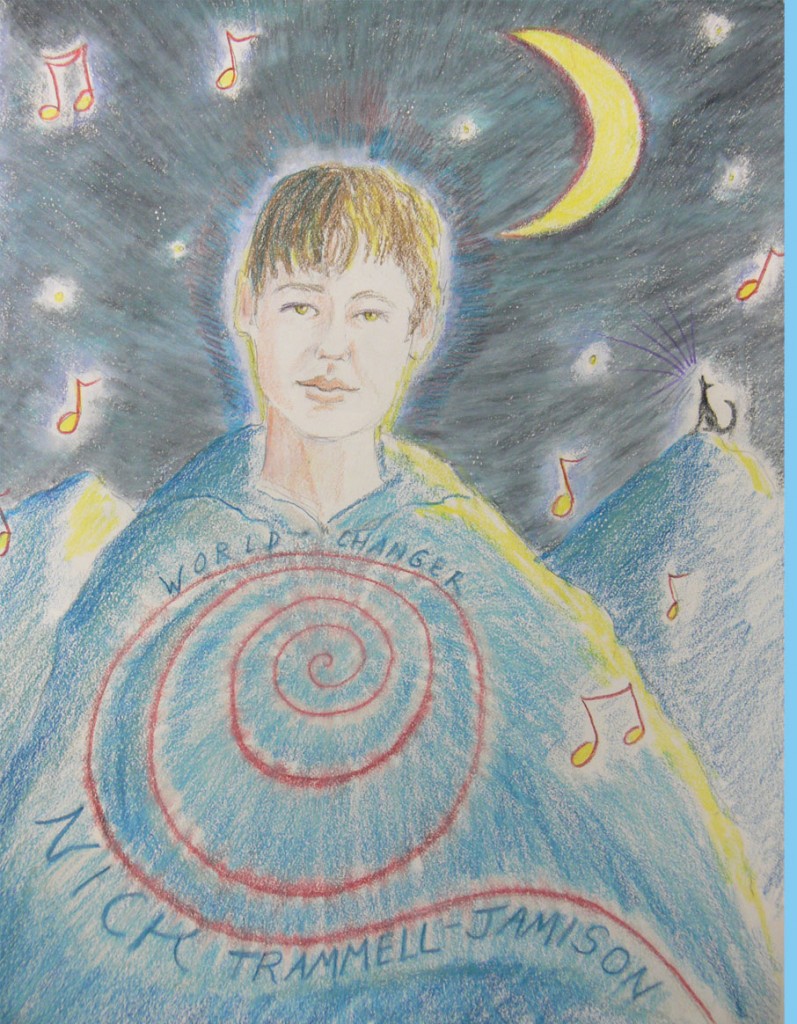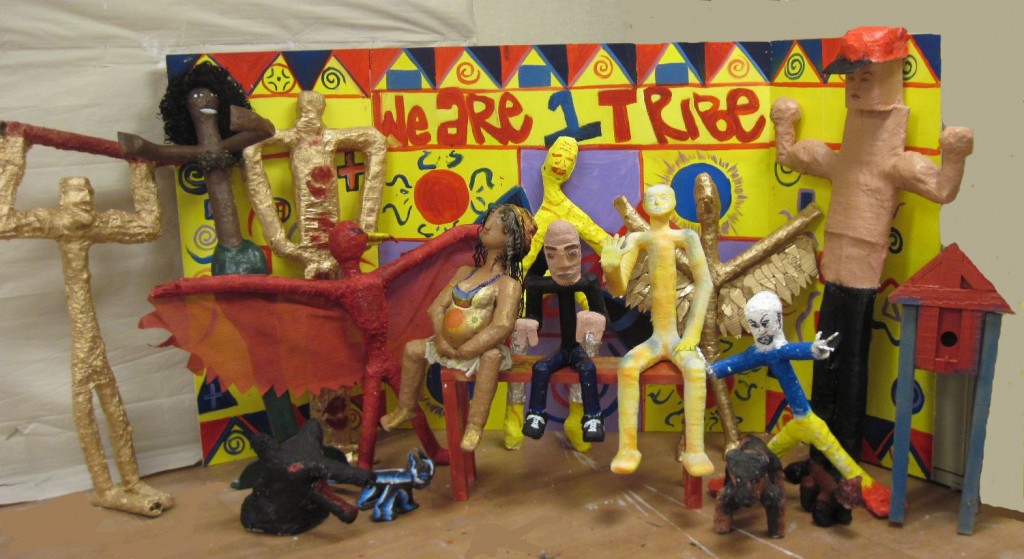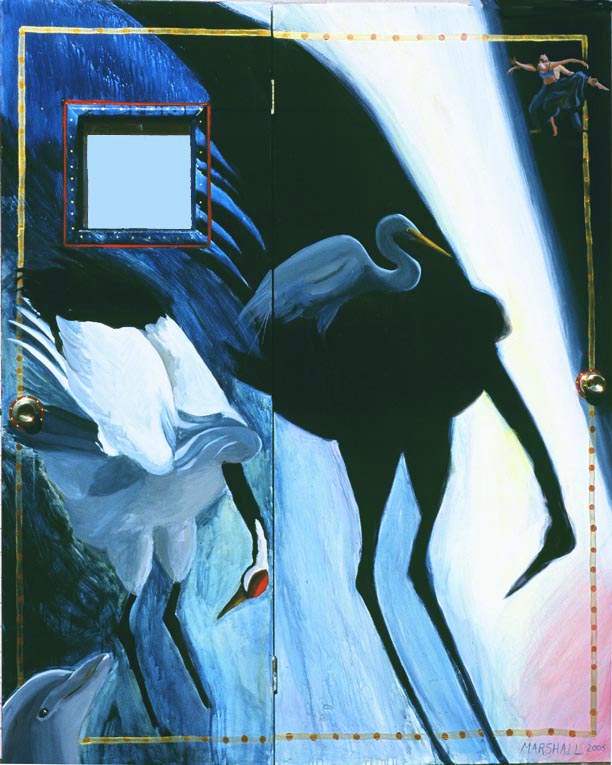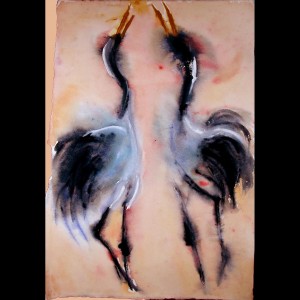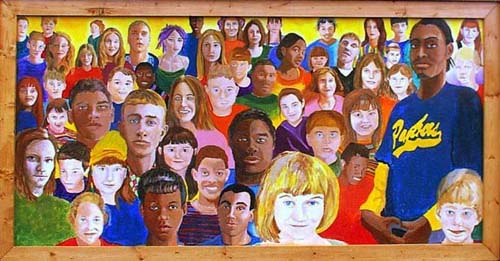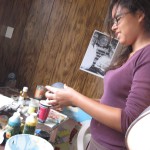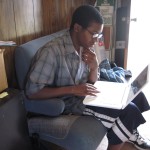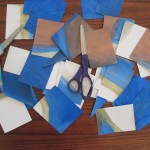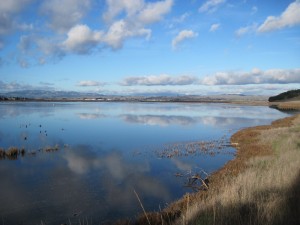Greetings, dear reader, and welcome to a site focused on how we can provide the best life possible to all the children of the world. I invite you to share stories of your challenges and your resources. The magnificent and overwhelming problems we’re facing can be solved by our collective wisdom. I’ll share my ideas about and experiences with beating various odds and I’d like to hear yours.
There are no maps for navigating in this time. For those of us who are focused on the well being of the younger generations, the odds can seem insurmountable. The adults of the world have not committed to use our resources to ensure that all children are well-fed, have medical care and are supported to use their gifts to be functional life long learners in a global society. At the same time, we are inundated with information about how fragile life is on the planet – a species going extinct every twenty minutes, spreading dead zones in the ocean, eco-systems that took millions of years to create being destroyed with one slash and burn season. Some say we have four years until we reach a tipping point where human behavior will result in the earth no longer sustaining human life for the next 1000 years. Others say we have a decade, while the governments of the world aim for 2050.
Of course, if we’d lived during the Black Plague or the flu epidemic of 1917, we would have been up against terrible odds, too. Humanity has always gone through trying times and the future always has unforeseen variables. One thing we know for sure, however, is that the children we are teaching are walking into a world of unparalleled complexity. Never before have there been so many people on the planet. Never before have we had so much information about the people who are here. Never before have we understood the vast consequences of our actions to the planet that sustains us. Yes, we have a lot of odds to beat.
I’m going to start with one idea that makes a lot of sense to tackle the odds – harnessing the energy of children – project-based learning. I’ve outlined why I think this approach is so useful. These ideas are elaborated upon in Step 5 of “Beating the Odds Now”:
I’m a teacher who would like to lighten the current negativity around education. With budget cuts, overwhelming demands and talk of the United States loosing its intellectual edge, there is a simple step we can take to beat the odds we are facing. That step is to meet academic standards by using project-based learning, where students make real products that come out of real interests that address real problems for a real audience.
For most of human history, children did meaningful work along side of their parents. They had a clear picture of the need for their daily activities. No hunting meant no meat. No planting meant no crops. The industrial revolution changed that. Young people lost the opportunity to do purposeful work with adults. Now our inquisitive younger generation often can’t see the logic of what is asked of them during the school day. We can address that questioning impulse by finding real life examples, applications and uses for the Standards of Learning that allow students to DO something that makes a difference.
There is a never-ending supply of problems to be solved: troubles with the soil, the plants, the animals, the air, the water, the elders, the teens, the immigrants, the economy, the use of illegal drugs– an on and on. All these challenges are here to teach problem-solving, meet standards and make the world a better place.
The youth of today have important work to do in bringing fresh hope and vision to beleaguered and weary adults. When I told my fourth grade class at Novato Charter School that many windmills, which generate needed electricity, are being placed in the migration paths of birds, they came up with 11 fascinating ideas in five minutes. One thought was to make barricades using discarded tires, solving two problems at once. This kind of imagination leads to new knowledge, as the children think through the results of each step
The marriage of adult intentional activity coupled with the learning process is a win-win proposition. Here are some examples – Tom Furrer of Casa Grande High School in Petaluma and his students have helped to restore salmon and steel-head trout to the Adobe River. Christian Gelleri’s Waldorf High School class in Prien, Germany, invented a currency to help with a lack luster local economy. Within six months, $50,000 worth of bills was in circulation. Kelydra Welcker, from Parkersburg, West Virginia, was honored by Intel in its high school Science Talent contest for her work isolating a contaminant in the Ohio River – a byproduct of a local Teflon plant.
Young people want to help. In every class I’ve ever taught – rural, urban, suburban, elementary, middle and high school – virtually every hand shoots up when I ask for volunteers. Let’s harness that positive energy, link it to standards, and unleash this bright intelligence to help solve our messy challenges. With a change of paradigm and clear will, the U.S. can once again become an educational leader.
